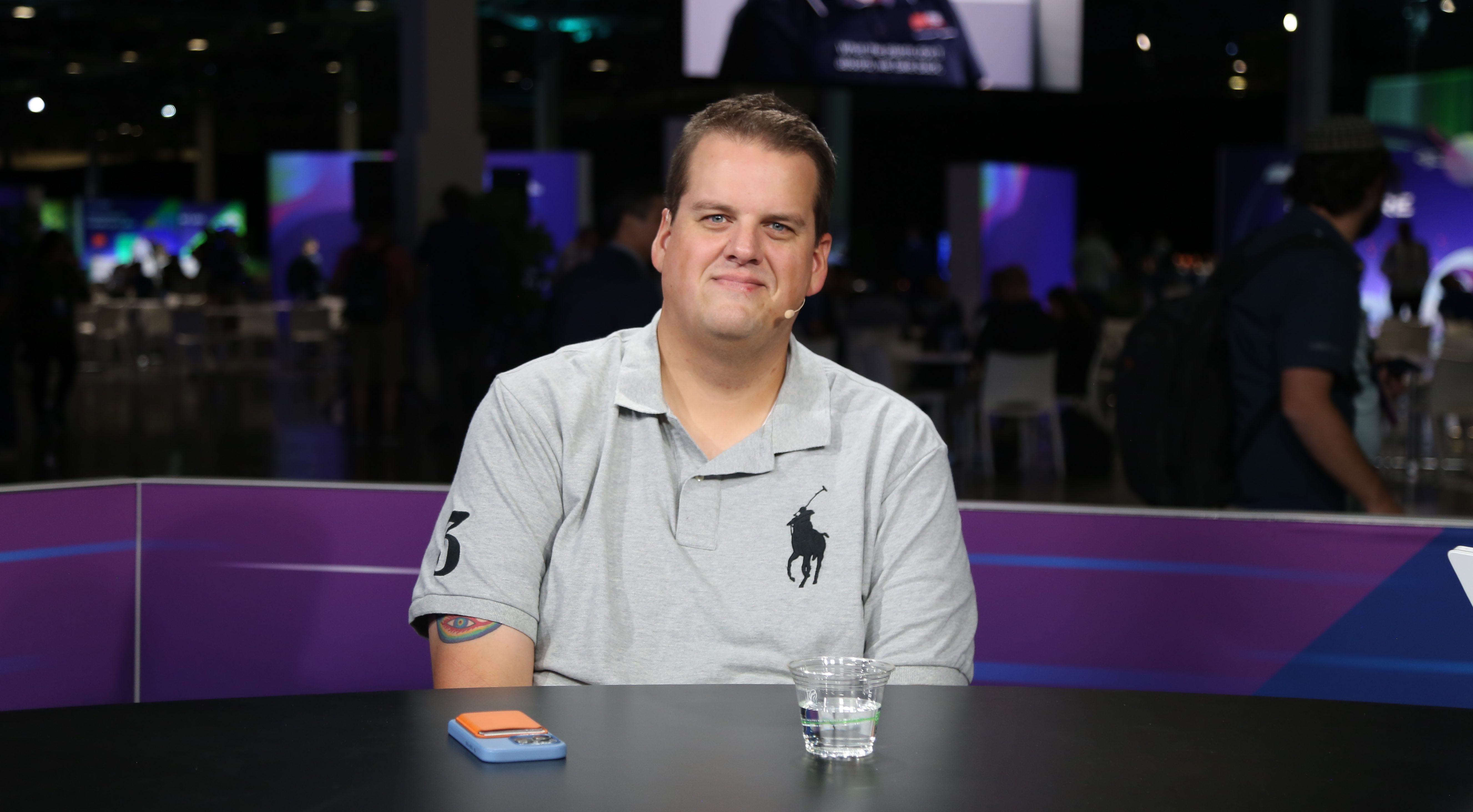 INFRA
INFRA
 INFRA
INFRA
 INFRA
INFRA
Simplifying IT operations is a key focus for enterprises. As such, hyperconverged infrastructure solutions that provide a unified, integrated system, such as VxRail, are gaining popularity
As a versatile, scalable and robust HCI solution, VxRail boosts organizations’ IT capabilities, minimizes costs and propels efficiency, according to Samuel Niemi (pictured), senior product manager for Apex Cloud Platforms at Dell Technologies Inc.

Dell’s Samuel Niemi talks to theCUBE about HCI solutions.
“We’ve been building solutions on top of VxRail like [VMware Cloud Foundation] and VxRail for the last four or five years,” Niemi said. “We have had a really tight, very well-maintained relationship with Broadcom for a long time. We’re here at VMware Explore, looking at all the new innovation that VCF and VMware and all the different VMware suites are bringing to VxRail. I believe VxRail is the best landing place for VMware customers.”
Niemi spoke with theCUBE Research’s Dave Vellante at VMware Explore during an exclusive broadcast on theCUBE, SiliconANGLE Media’s livestreaming studio. They discussed how VxRail provides a pathway to modernized enterprises.
Designed to ease the management and deployment of virtualized environments, VxRail continues to evolve thanks to flexible configurations. As a result, it has become a fully integrated system that offers advanced integrations in a hyperconverged field, according to Niemi.
“When we started, there was this conception about hyperconverged that it was the space for VDI,” he said. “We’re seeing it as edge locations where we’re putting one node, a VxRail satellite node or our new VD-4000 two-node system with a built-in witness. Seeing that evolution of VxRail where we’ve gone from a core data center to cloud to edge … whatever the use case, whatever the workload, has been the most fun I’ve ever had in my career watching that evolution.”
As digital transformations continue to tick, organizations find themselves traversing different multicloud environments. As a result, Dell is showing its steadfast commitment to providing flexibility and choice, Niemi noted.
“We’ve done research and found that, I think, the average customer has 2.6 cloud providers, whether that’s a VMware or a public cloud provider,” he said. “If the workload should be on Nutanix, we’re going to have a Nutanix offering for our customers. At Dell, we’re huge believers in multicloud, and we really want to provide that flexibility, that choice and just to be the best landing place for whatever workload the customer has.”
Here’s the complete video interview, part of SiliconANGLE’s and theCUBE Research’s coverage of VMware Explore:
THANK YOU